Frontal view:
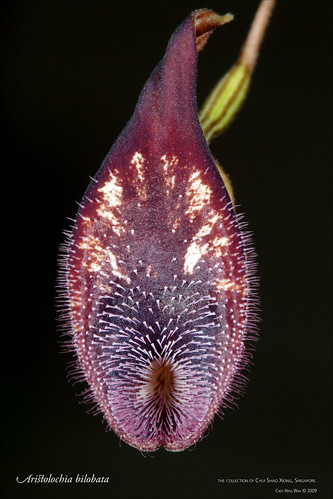
The limb of the flower seems to be covered with the same trichomes as those which are found in the tube. Precisely why there are trichomes on the limb remains to be known, but it has been tested by others that the limb is the scent/odour producing area of the flower, and thus the trichomes may function as osmorphores to distribute the scent. With a higher surface area to volume ratio compared to the cells of the limb, the trichomes are greatly suited to better distribute the scent chemicals as compared to the limb cells.
Side view:

Longitudinal section:
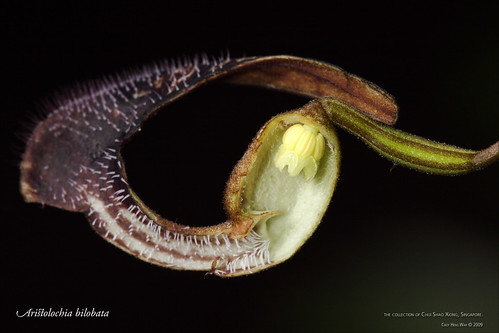
Day 2
Side view:
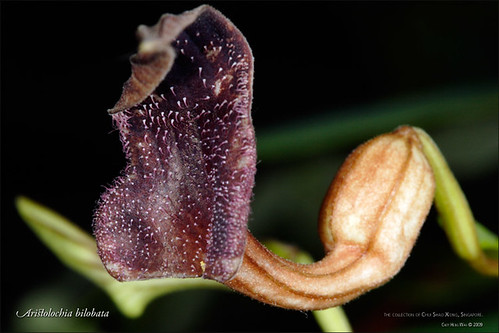
Longitudinal section:
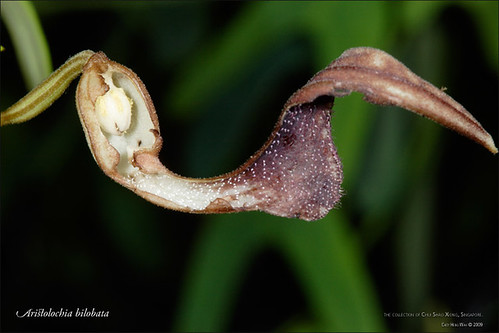
Leaves:
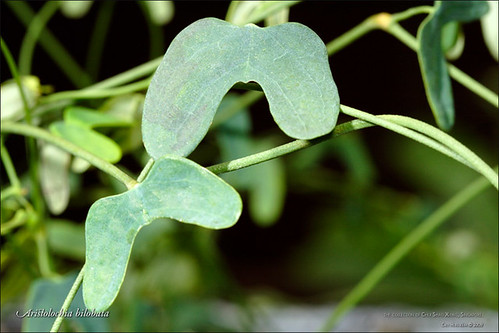
From this photo, one can see why this species was given the name of 'bilobata', because it has bilobate leaves.
Orginating from the Central Americas, this species boasts of bilobate, 'butterfly shaped' leaves on a slender vine about 1.5mm in diameter. Small enough to be accommodated on a small trellis, this species is suited for small spaces with bright light. The flower is about 4cm in length, emitting a faint smell of over-ripened fruit on Day 1 of flowering. The only insects that were found in flowers of this species was a single species of fly, possibly a Diptera sp. but with no confirmed identification.
No comments:
Post a Comment